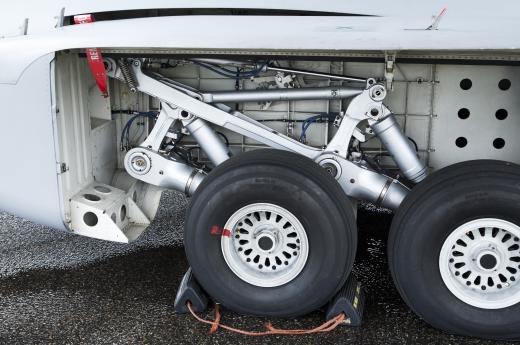Iron powder is iron that has gone through a powdering process, either from centrifugal disintegration or atomization. Aside from being cheaper that iron bars, iron powder allows powder metallurgists freedom in designing iron casts, because the amount of pores can be controlled. Powdered iron is usually combined with other powdered metals to make this metal better suited for alloys or to give the iron special properties. Most powdered iron is used in sintering, while the rest is used to make magnetic products, brazing and friction materials for brakes.
Iron is one of the most universally accessible metals and, before it becomes iron powder, it starts out as metal rods or bars. These rods or bars are sent through a process that pulverizes the iron. The most common process for iron powdering is centrifugal disintegration, in which thin iron rods are placed in a spindle with an arc at one end. While the arc heats the iron, the spindle spins, creating force that causes the rods to disintegrate. Atomization is a method in which a thin nozzle sprays out molten iron, and a gas jet pushes the iron stream, creating powder when the iron cools.

Engineers and metallurgists use iron powder because it is cheaper, but also because powder metallurgists have more control over the iron’s design when using powder. During the sintering process, when powder is turned back into a solid via compression and heat, powder metallurgists are able to control how porous the iron is. This allows the metallurgist to fashion the iron for nearly any application with minimal effort.
When iron powder is made, it is not always made by itself. Other materials, such as carbon, silicon, iron oxides or manganese, are sometimes added to the powder. These other materials help in alloying — such as carbon for making steel or iron oxide in making cast iron — or otherwise give the iron special properties. The addition of other metals depends on why the metallurgist is using the powdered iron.
The most common applications of iron powder are sintering and alloying with other metals, but powdered iron can be used in many other applications. Iron itself it very magnetic, and powdered iron is often used to make soft magnetic composites (SMC), which are three-dimensional (3D) magnetic items. Brazing, a vacuum-powered and high-temperature method of joining metals, also uses powdered iron to help join parts. Most vehicle, train and aircraft brakes are made using powdered iron in the friction device mixture.
